Abstract: This paper as part of the Margate PhotoFest (2015) placed into context the significant cultural role the seaside photographer has had in documenting and refracting back the beach experience. From as early as the late 1850s itinerant seaside photographers were located on the UK beaches and along with early examples, the presentation considered how the experience of the beach photographer evolved through three ages of seaside photography: early, high and contemporary and also what the future might hold for the photographer working the sands in the modern era.
Alternative processes & contemporary commissions at the Old Lookout Gallery.
A joint paper/presentation by K.J.Shepherdson and Rob Ball at the Shadows Symposium: Traditional Photography Techniques in a Digital World, Camberwell School of Art.
The presentation examined how modest spaces can be transformed into significant and potent sites of alternative creative spaces and in doing so facilitate contemporary lens-based commissions. This paper took as its case study the Old Lookout Gallery in Broadstairs and considered how this site-specific place contributes to lens-based practice and provides space - even sanctuary - for traditional or alternative processes. The paper also reflected upon how the Old Lookout' has contributed to our own practices and sense of place and space.
In addition to the symposium paper, we also had a wonderful seminar gathering 'Rumination on Time and Space' at The Old Lookout Gallery which included research talks by Dr Sam Vale and Michaela French followed by a fish and chip lunch.
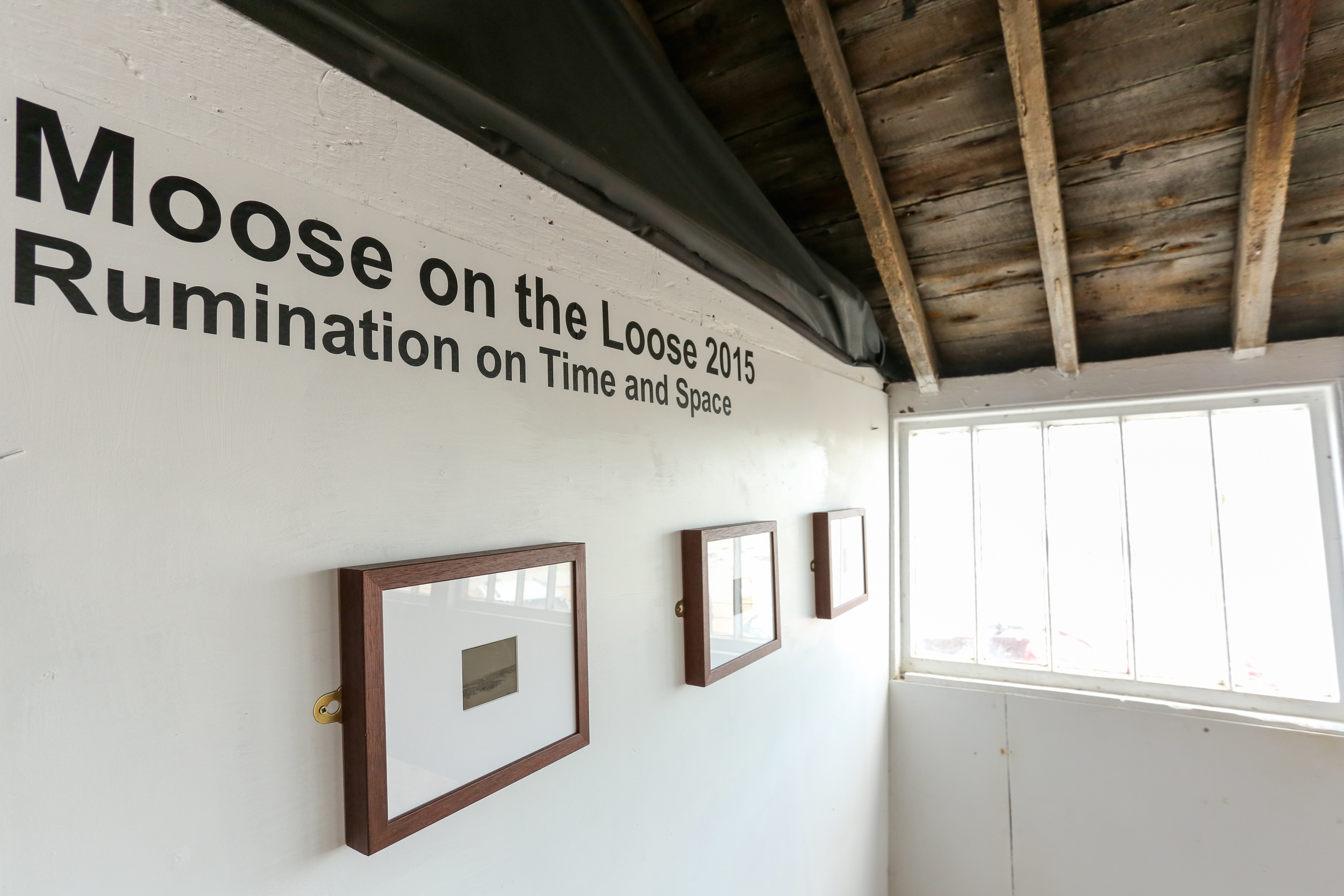
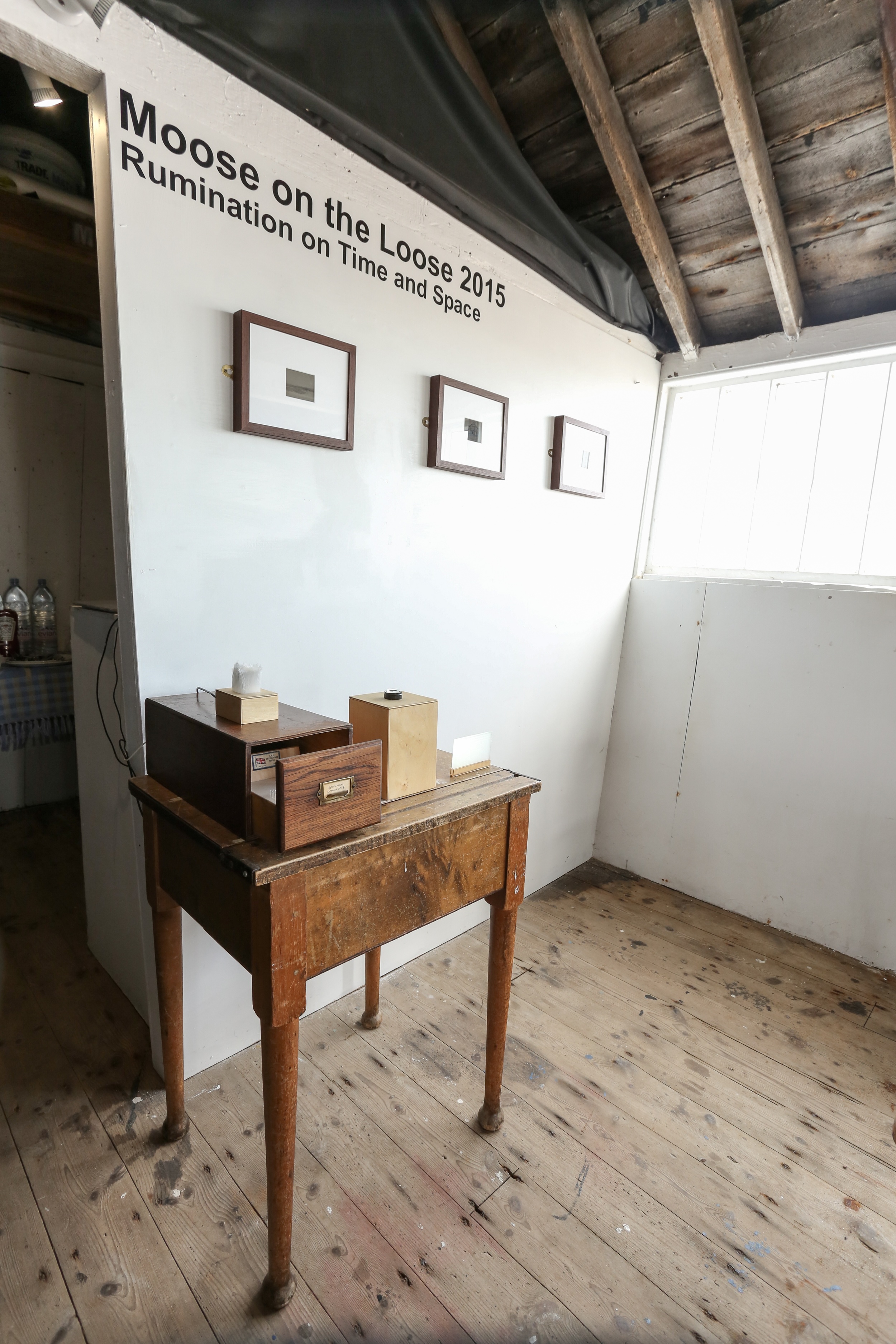
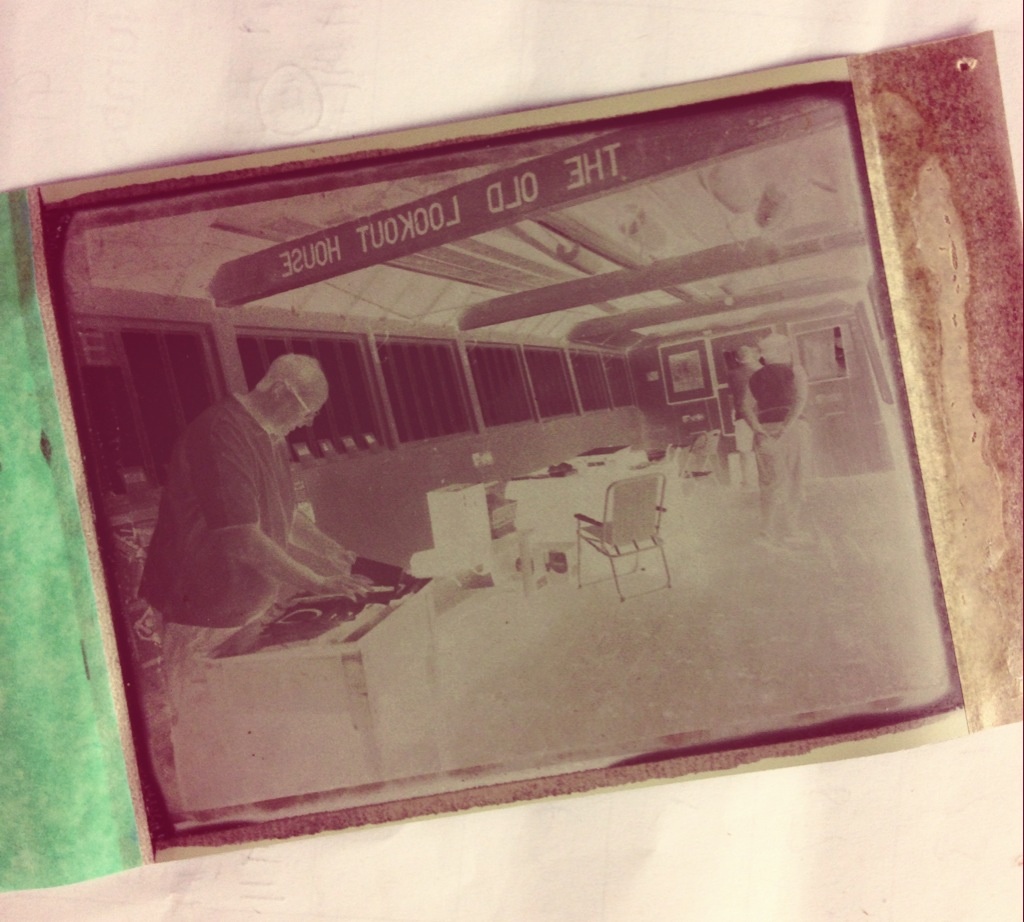
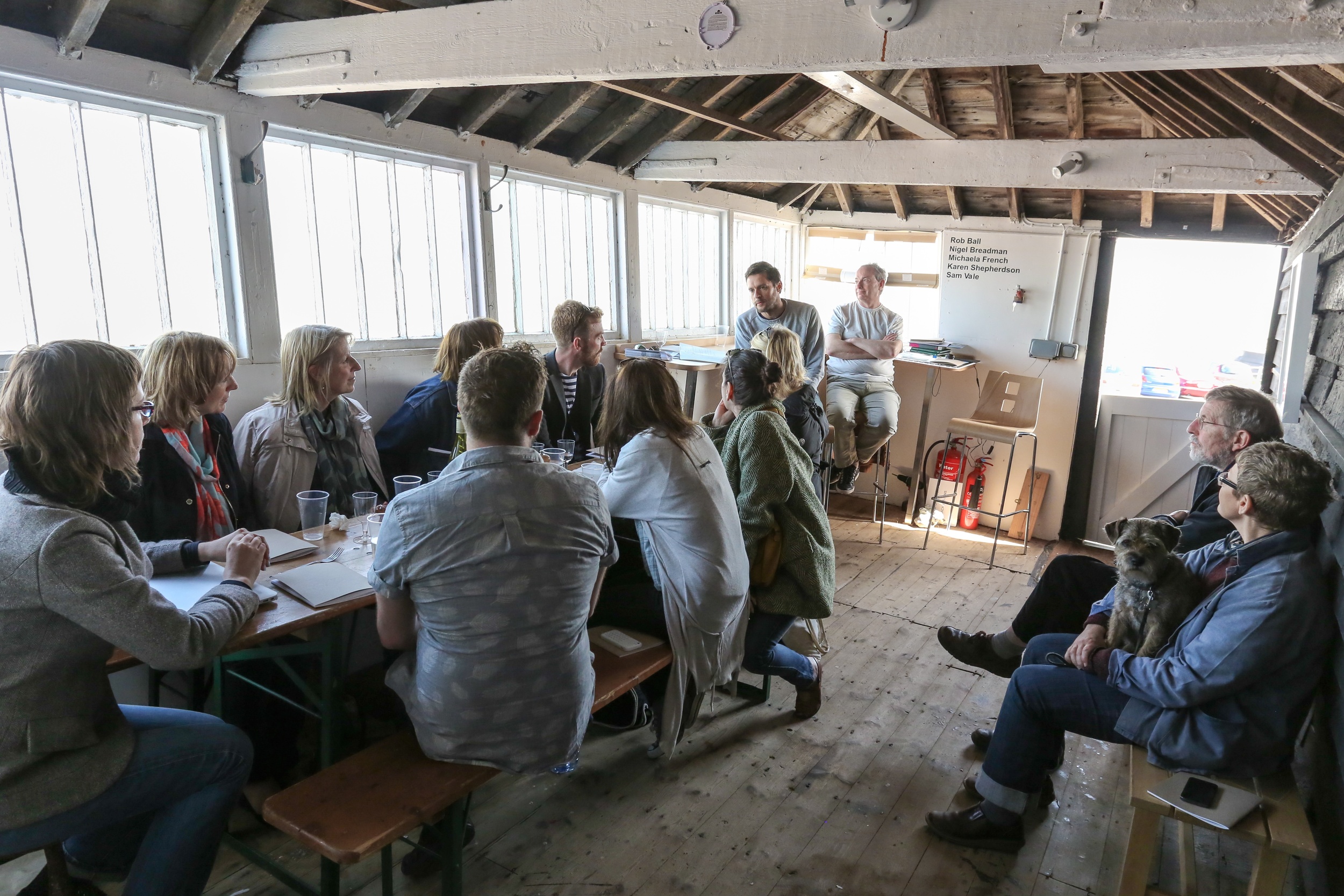

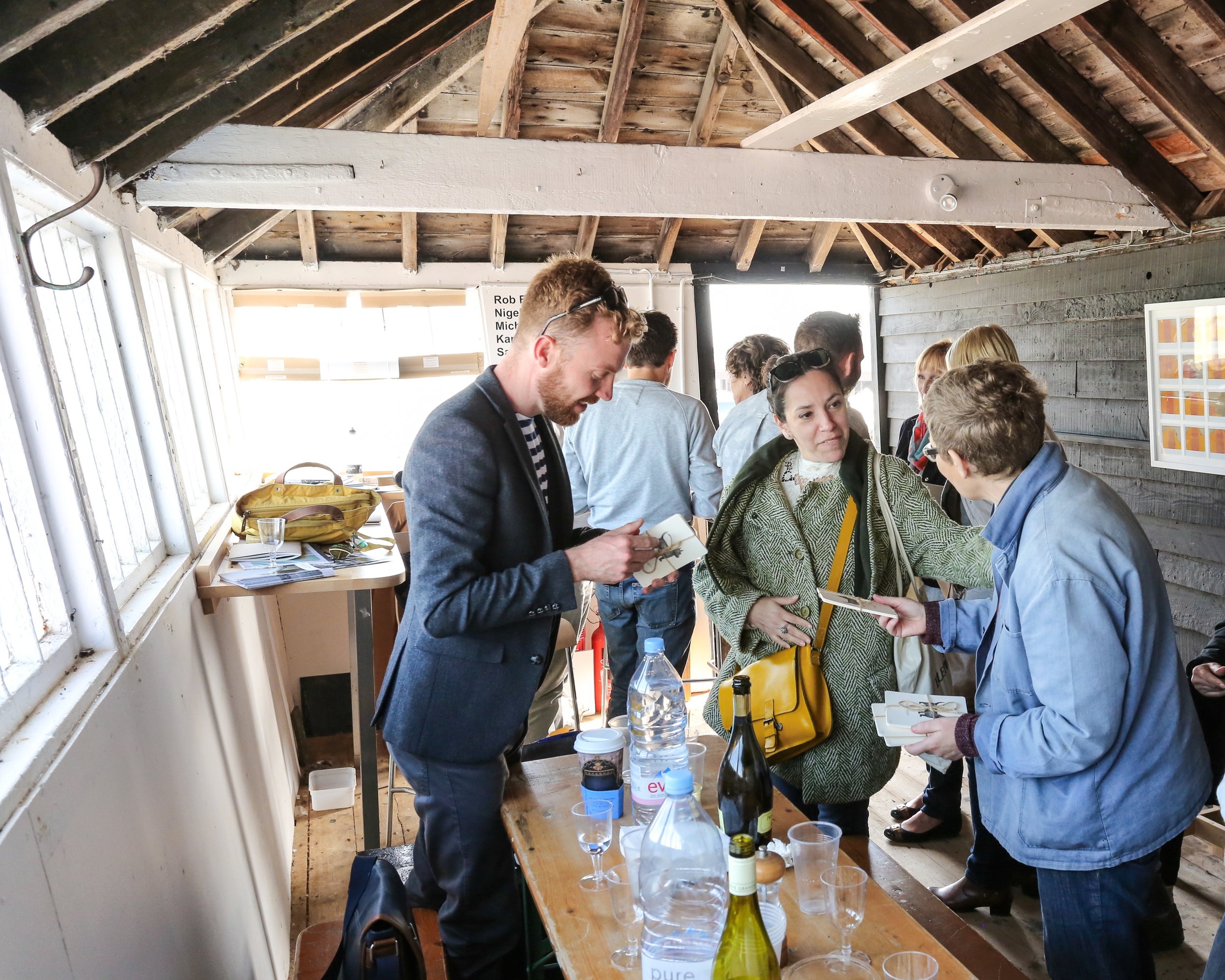
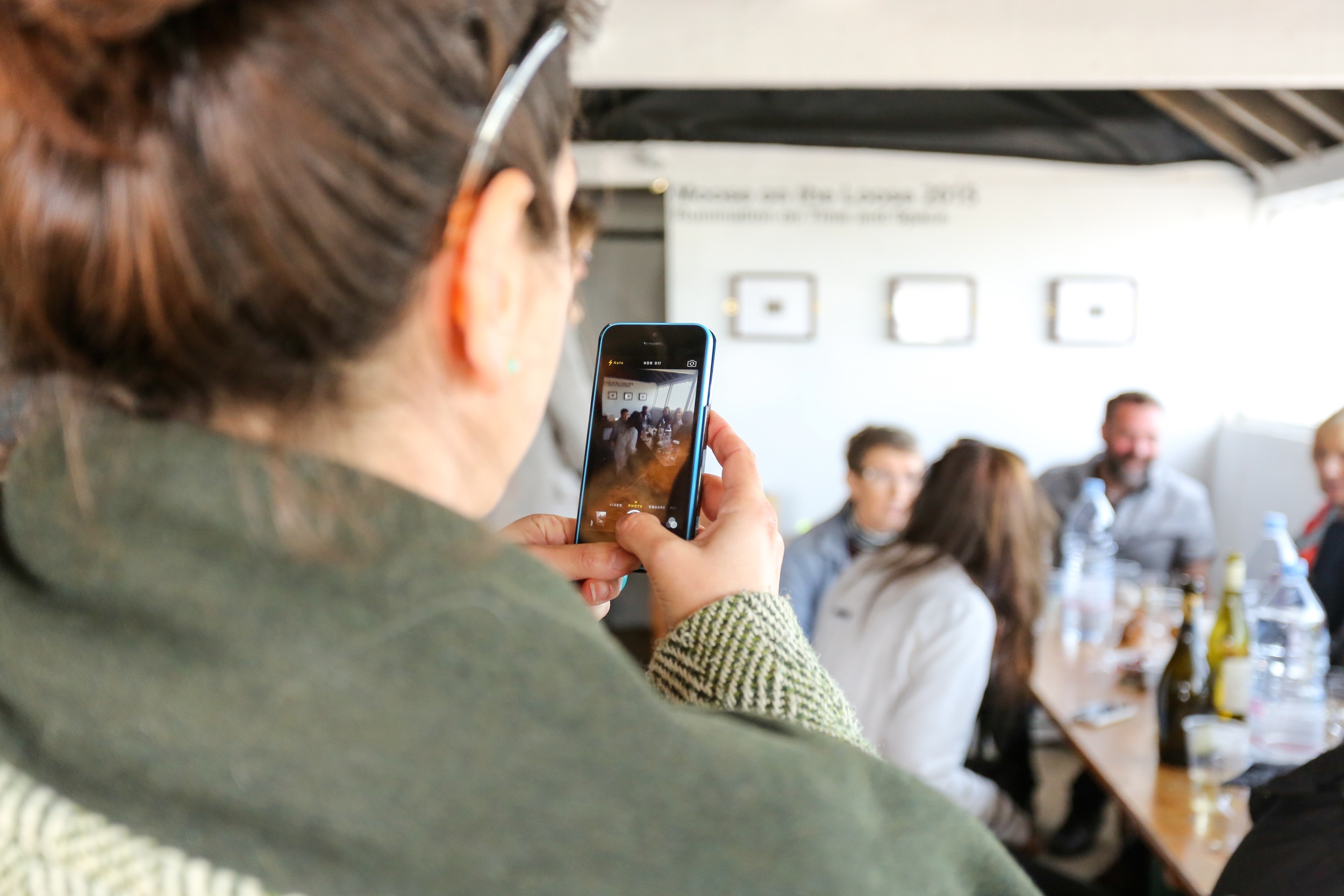
Beyond the View: Reframing the Early Commercial Seaside Photograph
(An illustrated paper presented at Oxford University, Coastal Cultures of the Long Nineteenth Century Conference)
Abstract: For the latter part of the 19th and much of the 20th Century, commercial photographers represented and reflected the heritage of British seaside culture. The research upon which this paper is based, seeks to provide insight into an overlooked form of demotic photography, revealing rich seams of imagery and offering fresh perspectives on Victorian coastal representations.
The paper examines commercial seaside photographic practice from 1860-1920, offering a visual exposition of the British seaside, as represented through the refracted lens of the itinerant ‘beach’ photographer – also often derogatorily referred to as a ‘Smudger’. Despite their humble means of production, the photographs shown are frequently evocative, drawing the viewer into a nostalgic past shaped by visual half-truths. Photographic half-truths that too readily can become amplified from a view to the view and to the experience.
The research presented here examines the conventions, expectations and mythologisations of what seaside portrait photography of this period should present and how these inevitably provide a highly mediated and edited view of the actual Victorian seaside experience. Here I attempt to reframe and recontextualise these ‘seaside snaps’, providing visual and text-based content that rewards both scrutiny and critical engagement.

